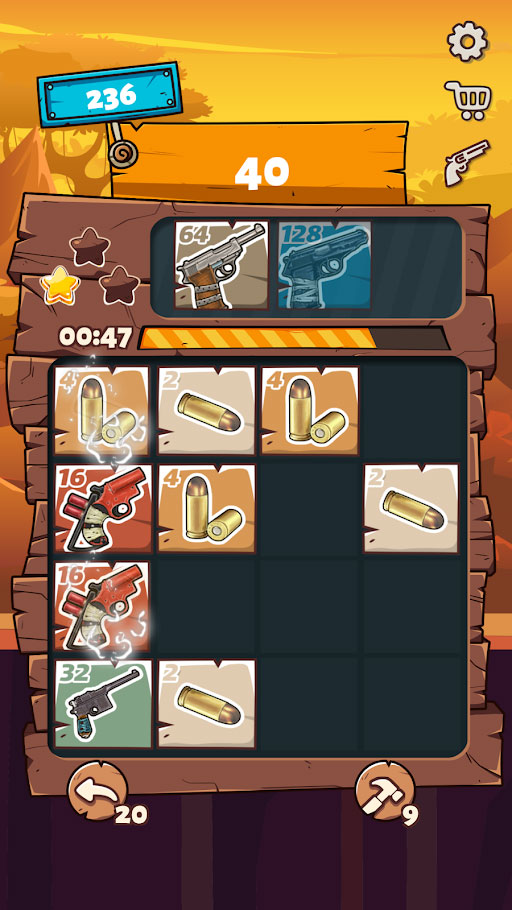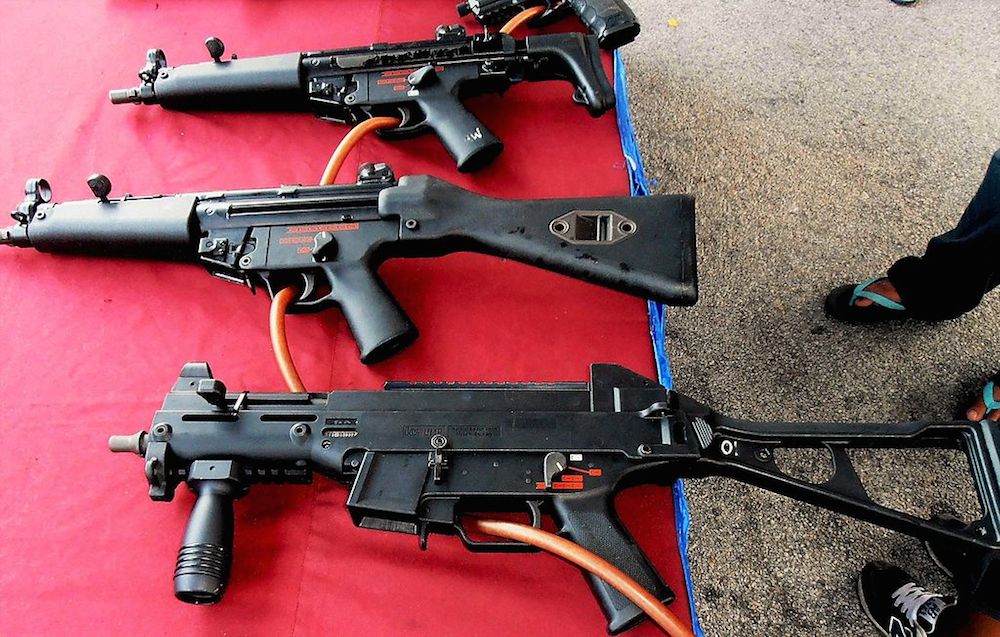
He was located at 151 New Bond Street, London. Charles Lancaster founded his firm of gun makers in 1826 and soon gained a high reputation for the quality of his guns. Wilkinson is also catalogued as a possible manufacturer of the percussion smooth oval bore gun (1884.27.59), although the other possibility, Charles Lancaster & Co., seems more likely indeed, stamped on the barrel is 'Lancasters patent smooth bored rifle’. It continued, however, to supply bayonets, of which 1884.27.58 is an example that fits this rifle musket. Its gun manufacturing declined after 1857 when the government took over the production of its own firearm needs. It became a main supplier to the army, moving to Pall Mall in order to be close to its major customer, the Board of Ordnance. It was James’s son, Henry, who was responsible for building up the business and founding Wilkinson & Son. He died the same year and the business was taken over by his foreman and son-in-law, James Wilkinson. By the end of the century he was one of the main suppliers of flintlocks to the British army and in 1804 was appointed official gun maker to King George III. Its founder was Henry Nock (Ezekiel Baker had been apprenticed to him) who started up in business in Whitechapel, London in 1772. The manufacturer is Wilkinson Sword, a company now best known for its razors but which started life as gun makers.

The percussion rifle musket (1884.27.57) is an interesting object as it was made especially for Pitt-Rivers as part of his work at the School of Musketry in developing a standard rifle for military use. In the course of the investigation into its theft, the police found a replica of it, made in Hong Kong, and donated it to the museum (see 1969.4.1). In the 1960s this object was stolen from the Museum, although later recovered. Catherine in the City and Diocese of Cork, Ireland and an antiquarian collector. He was Rector and Vicar of the Parishes of St. Pitt-Rivers acquired it at a sale at Sotheby’s on 8 April 1878, it having previously been owned by William C Neligan. The final item of unknown manufacture (1884.27.87) is a 17th century revolver with eight chambers – perhaps a relic of the Civil War. The third (1884.27.36) is a flint musket of the sort used by the Foot Guard during the reigns of George III and IV. Of the others of unknown maker, one is described as a rampart gun (1884.27.4), so called as it is designed for use from a rampart rather than as field ordnance. This particular specimen has stamped on it ‘14/9” CRR’ the numbers are its owner’s rack number where the rifle was kept and the letters the regiment, probably the Ceylon Rifle Regiment. This rifle, designed by Ezekiel Baker (1758-1836) in 1800, and known as the Baker Rifle, remained in use with the British Army until 1838. In fact, there is quite a lot of information available on this last object as a result of the work of Eric Edwards, which is to be found on this website. The manufacturer of three of these is recorded as unknown and a fourth (1884.27.39) is listed as ‘Unknown Stamped Tower’. It should be noted, however, that the museum may hold other firearms made in London in addition to these 37 but are not at the moment so cataloguedĭetail of 1884.27.39Given that it was the collection of firearms that started General Pitt-Rivers’ career as a collector, it is no surprise to find that a large proportion of these guns are part of his founding collection. It is only the weapons as such that is the present concern although in some cases the accession number includes the other objects. Of these 37 are guns of some sort and the remainder accessories, ranging from cartridges to gun cases to a child’s drawing of people holding guns. The Pitt Rivers Museum database for ethnographic objects contains 108 records if the search term ‘Firearm’ is entered under ‘Keyword’ in the on-line catalogue. Indeed gun makers, for commercial and legal reasons, inscribed their names on their products, together with other information.


The decision to look at guns was to a large extent dictated by the fact that their makers are known in a very high proportion of cases. Much, but by no means all, of the information it contains is to be found in the on-line catalogue or the accompanying Related Documents File (RDF) held by the Museum, but it is hoped that by bringing all the material together in a single essay it will make it more accessible and readable, and thus of greater interest to the general reader.

The aim of this brief survey is to provide an overview of London gun makers whose products are represented in the Pitt Rivers Museum. London gun makers represented in the Pitt Rivers Museum collections Peter Rivière


 0 kommentar(er)
0 kommentar(er)
